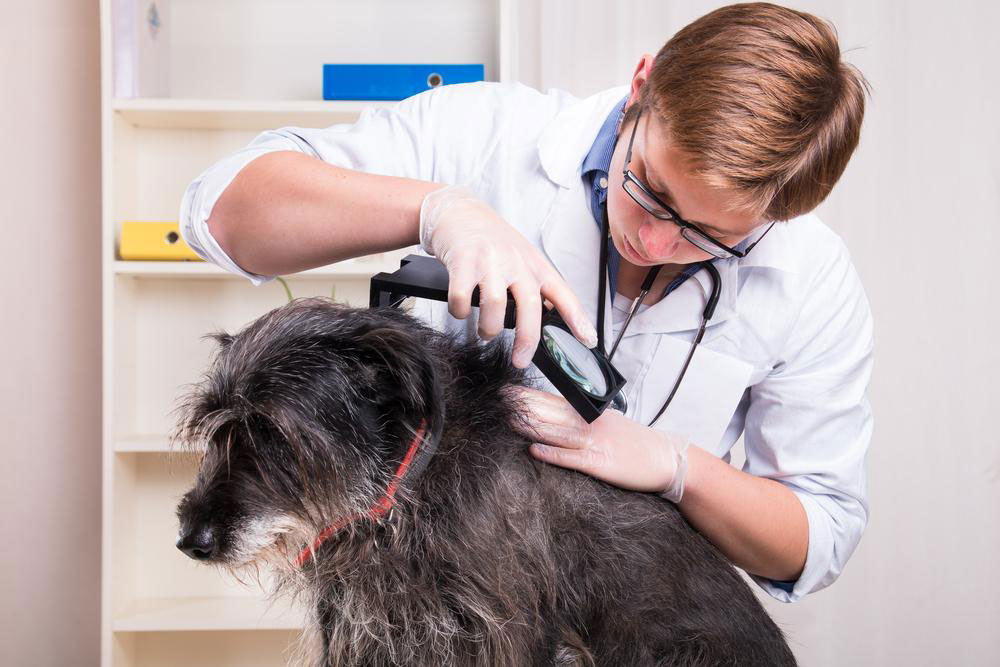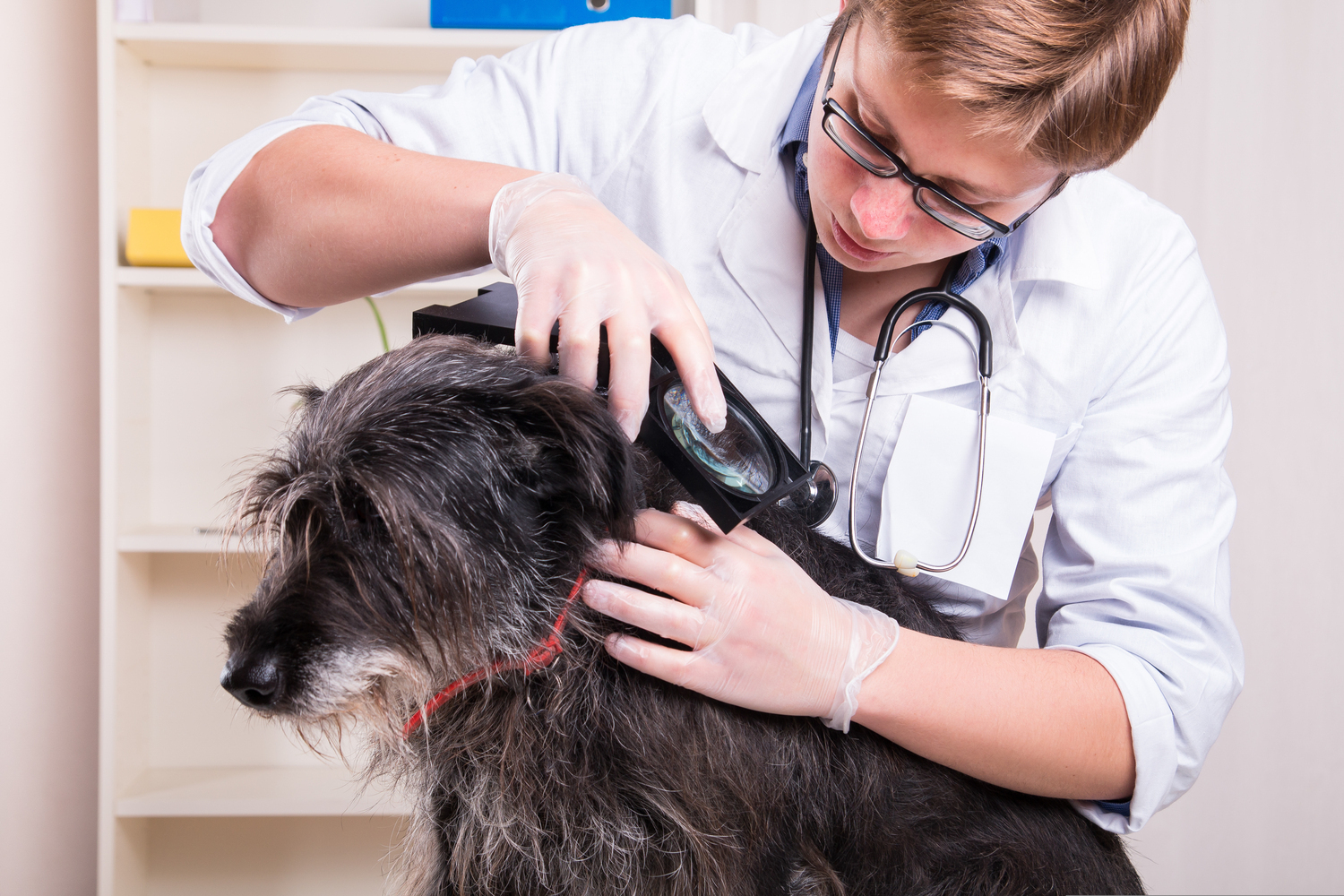Essential Knowledge About Diseases Dogs Can Transmit to Humans and Preventative Tips
This comprehensive guide covers common diseases dogs can transmit to humans, including ringworm, roundworms, rabies, and Lyme disease. It emphasizes the importance of protective measures, regular vet visits, and hygiene practices to keep both pets and owners safe. Understanding these health risks helps pet owners prevent serious illnesses and promotes a healthier, happier life with their furry friends.

Understanding Diseases Dogs Can Pass to Humans and How to Protect Yourself
Dogs are among the most beloved pets worldwide, cherished for their loyalty, intelligence, and companionship. They bring joy and comfort to millions of households, but it's equally important for pet owners to be aware of some health risks associated with canine-human interactions. Certain illnesses carried by dogs can be transmitted to humans, posing health concerns if proper precautions are not taken. This comprehensive guide elaborates on the most common diseases dogs can pass to humans, their symptoms, modes of transmission, and effective preventative measures to ensure the safety and well-being of both pet and owner.
Ringworm: A Fungal Infection To Watch For
Ringworm, despite its name, is not caused by a worm but by a fungal infection that affects the skin, hair, and nails. Dogs infected with ringworm typically exhibit characteristic round patches of hair loss, which are often scaly, red, and itchy. This highly contagious disease can spread easily through direct contact with an infected dog or contaminated objects such as bedding, grooming tools, or furniture. In humans, ringworm manifests as ring-shaped patches on the skin that may be itchy and inflamed, often resembling the lesions seen in pets.
Preventing ringworm transmission involves diligent hygiene practices. Always wash your hands thoroughly with antibacterial soap after handling or petting your dog. Regular veterinary visits are essential for early detection and treatment. If your dog shows signs of ringworm, prompt veterinary diagnosis is critical, and treatment will likely involve antifungal medications. If a human develops ringworm, over-the-counter or prescription antifungal creams and medications can effectively eliminate the infection. Maintaining a clean environment helps reduce the risk of spreading this fungal disease to other family members.
To minimize the risk of infection, handle your dog with care and practice good hygiene. Regular grooming and cleaning your pet’s living area can prevent the spread of fungi. In case of suspected ringworm, consult your veterinarian immediately. Human infections are also treatable with antifungal medicine, but early diagnosis ensures quicker recovery and reduces the risk of spreading the infection among family members.
Roundworms: A Hidden Intestinal Threat
Roundworms are common gastrointestinal parasites in dogs, looking like thin spaghetti strands. These worms reside in the dog's intestines, feeding on nutrients and causing various health issues. Dogs infected with roundworms shed eggs through their feces, contaminating the environment, especially outdoor areas such as yards and parks. The eggs are microscopic and can survive in soil for extended periods, making them easy to pick up.
Children are particularly vulnerable because they often play outdoors, come into contact with soil, and may inadvertently ingest contaminated material. Once ingested, larvae can migrate through the bloodstream to organs, including the eyes, leading to a serious condition known as ocular larva migrans, which can cause vision loss or blindness if untreated. Regular deworming treatments and fecal examinations at the veterinarian’s office are paramount for preventing roundworm infections. Supervised outdoor play and proper hand hygiene after outdoor activities further reduce risks.
Rabies: The Deadly Viral Threat
Rabies is a fatal viral disease that affects the nervous system, transmitted primarily through bites from infected animals. Worldwide, rabies remains a significant health concern, particularly in areas with limited vaccination coverage. In most countries, dog vaccinations against rabies are legally mandated to prevent outbreaks. The virus is present in the saliva of infected animals, and a simple bite can transmit the disease.
Any dog bite should be taken seriously—immediate medical consultation is essential if bitten. Post-exposure prophylaxis, including wound cleaning and rabies vaccination, can prevent the disease if administered promptly. Owners should ensure their dogs are vaccinated against rabies and avoid contact with stray, wild, or unvaccinated animals, especially in regions where rabies is prevalent. Public awareness, responsible pet management, and timely vaccination are crucial to eradicating this lethal disease.
Lyme Disease: Ticks as Disease Carriers
While not directly transmitted from dogs to humans, Lyme disease poses a significant risk due to tick bites. Ticks are arachnids that latch onto dogs, feeding on their blood. Infected ticks carry the bacteria Borrelia burgdorferi, which can be transmitted to humans during a bite. The disease is characterized by flu-like symptoms, including fever, fatigue, and joint pain, and if untreated, can lead to more severe complications.
Preventing Lyme disease involves avoiding tick-infested areas during peak seasons and using veterinarian-approved tick preventatives on pets. After outdoor activities, thorough tick checks on both dogs and humans are recommended. Eliminating tick habitats around the home, such as tall grass and leaf litter, also reduces exposure risks. Early detection of tick bites and prompt removal are vital. Consult your veterinarian for advice on tick prevention and consider vaccination in high-risk regions.





